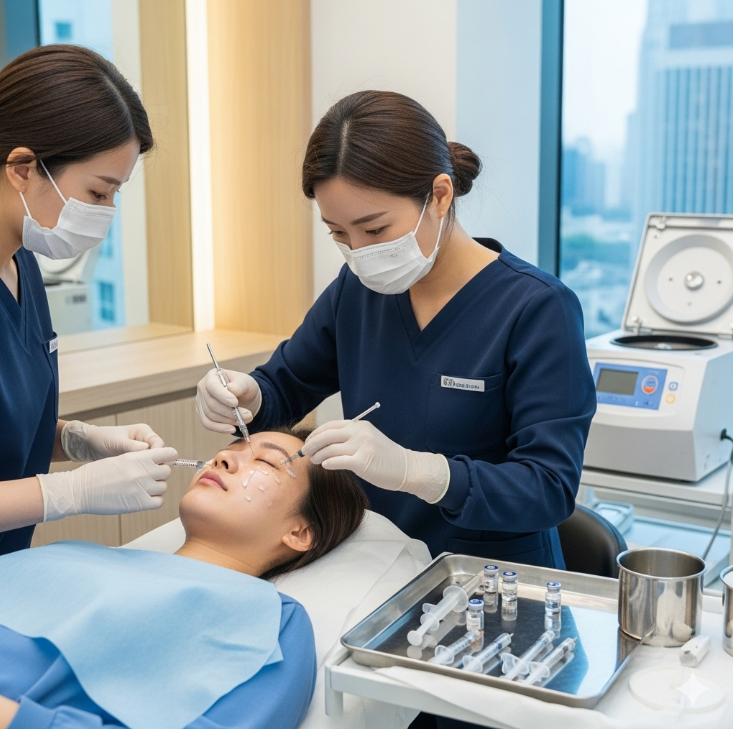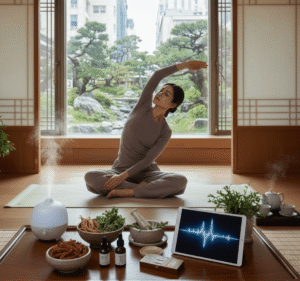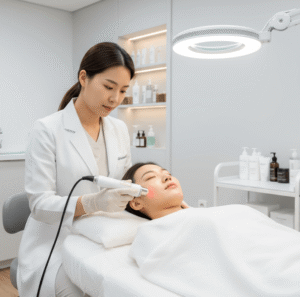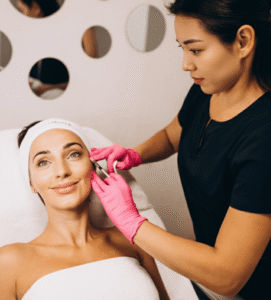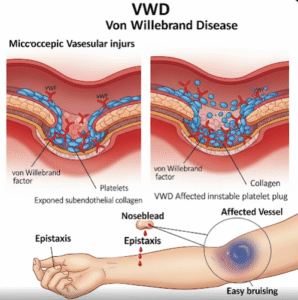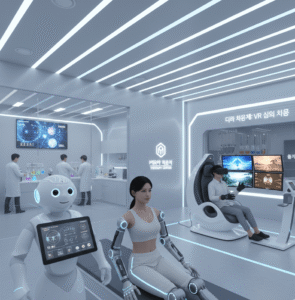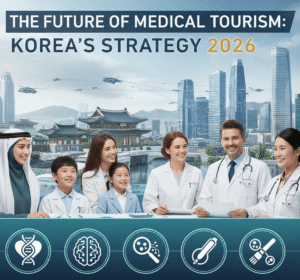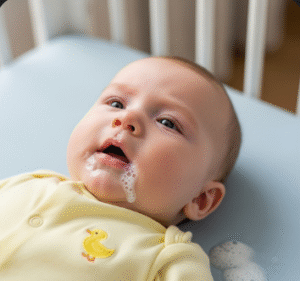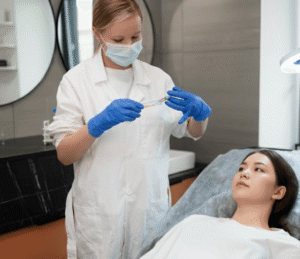What It Is
Nanofat facial grafting is an advanced fat transfer technique that uses the patient’s own fat, harvested from areas such as the abdomen or thighs, processed into extremely fine particles (“nanofat”), and then injected into the face. Unlike traditional fat grafting, nanofat focuses less on volume and more on skin regeneration and rejuvenation. It contains a high concentration of stem cells and growth factors that stimulate collagen production, improve skin elasticity, and smooth fine wrinkles.
In Korea, nanofat grafting is widely used for anti-aging, scar repair, and skin texture enhancement, often in combination with microfat or structural fat grafting for volume restoration. Korean clinics are known for their use of state-of-the-art purification and injection techniques that maximize regenerative benefits while minimizing downtime.
Why It’s Done
Cosmetic Purposes:
- Improves skin quality, elasticity, and radiance.
- Smooths fine lines and wrinkles.
- Reduces dark circles and under-eye hollowness.
- Improves acne scars and skin irregularities.
- Provides natural facial rejuvenation without synthetic fillers.
Corrective Purposes:
- Enhances healing of scar tissue.
- Corrects texture irregularities from trauma or previous surgery.
Patient Considerations:
- Popular among patients in their 30s–60s seeking subtle, natural rejuvenation.
- Suitable for individuals with early signs of aging or damaged skin.
- Best for those who want skin improvement more than volume restoration.
Alternatives
- Microfat / Structural Fat Grafting – Adds volume as well as some regenerative benefits.
- Dermal Fillers – Immediate results, but temporary and synthetic.
- PRP (Platelet-Rich Plasma) – Improves skin texture and healing, but less long-lasting.
- Laser Resurfacing / Chemical Peels – Improve surface wrinkles but don’t add regenerative fat cells.
Preparation
- Consultation: Skin and facial analysis to identify treatment zones.
- Donor Site Selection: Abdomen, thighs, or hips for fat harvesting.
- Medical Screening: Blood tests and health evaluation.
- Pre-Op Instructions: Avoid smoking, alcohol, and blood-thinning medications.
- Fasting: May be required if sedation or general anesthesia is used.
How It’s Done
Type: Minimally invasive regenerative procedure.
Duration: 1–2 hours.
Procedure Steps:
- Fat is harvested using gentle liposuction from the donor area.
- The fat is emulsified and filtered into nanofat, rich in regenerative stem cells.
- Nanofat is injected into the superficial dermis of the face using fine cannulas.
- Targeted areas often include under-eyes, nasolabial folds, perioral wrinkles, and acne scars.
Anesthesia: Local anesthesia with or without sedation.
Hospitalization: Outpatient; patients return home the same day.
Recovery
- First Few Days: Mild swelling, redness, and bruising in both donor and recipient areas.
- Downtime: Most patients resume normal activities within 2–3 days.
- Results Timeline:
- Initial skin glow and texture improvement visible within weeks.
- Collagen stimulation continues for 3–6 months.
- Long-lasting skin rejuvenation, often permanent improvement in texture.
Possible Complications
- Mild swelling or bruising (temporary).
- Irregularities or unevenness if injections are not evenly distributed (rare).
- Donor site discomfort.
- Rare risks: infection or fat necrosis.
Treatment Options in Korea
Diagnosis
- Skin Analysis: To assess wrinkles, texture, and scars.
- 3D Imaging: Used in some clinics for before-and-after simulation.
- Consultation: To determine whether nanofat, microfat, or combined grafting is most appropriate.
Medical Treatments
- PRP injections for mild skin rejuvenation.
- Skin boosters (hyaluronic acid) for hydration and elasticity.
Surgical or Advanced Therapies
- Nanofat Grafting Alone: For skin quality improvement.
- Microfat + Nanofat Combination: Adds both volume and regenerative effects.
- Hybrid Treatments: Nanofat with PRP, stem cell therapy, or laser resurfacing for maximum rejuvenation.
- Revision Nanofat: To improve scars or refine previous fat graft results.
Rehabilitation and Support
- Follow-up visits to assess skin texture improvements.
- Scar-free healing at donor sites with modern liposuction methods.
- International patient support: multilingual staff, transport, and aftercare services.

